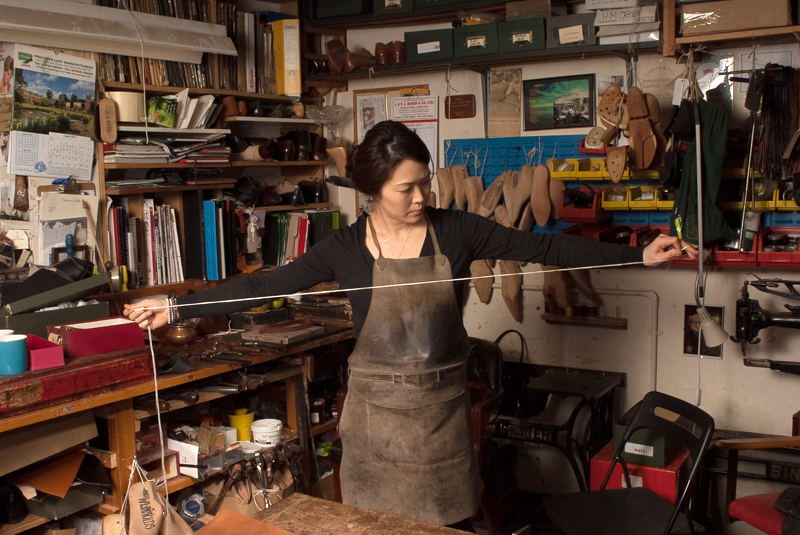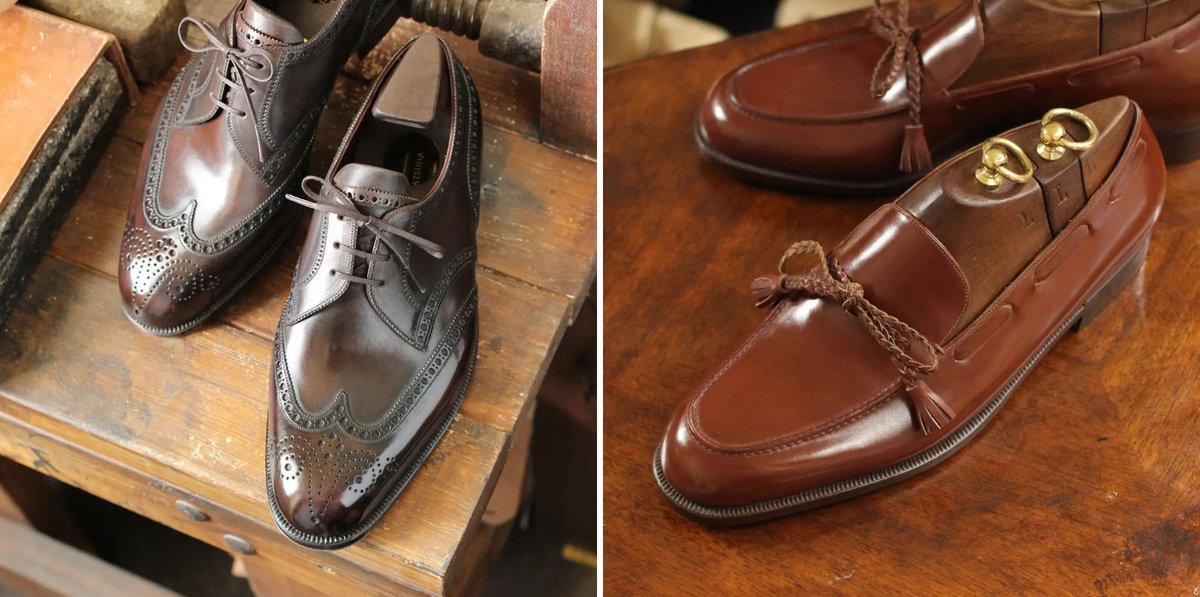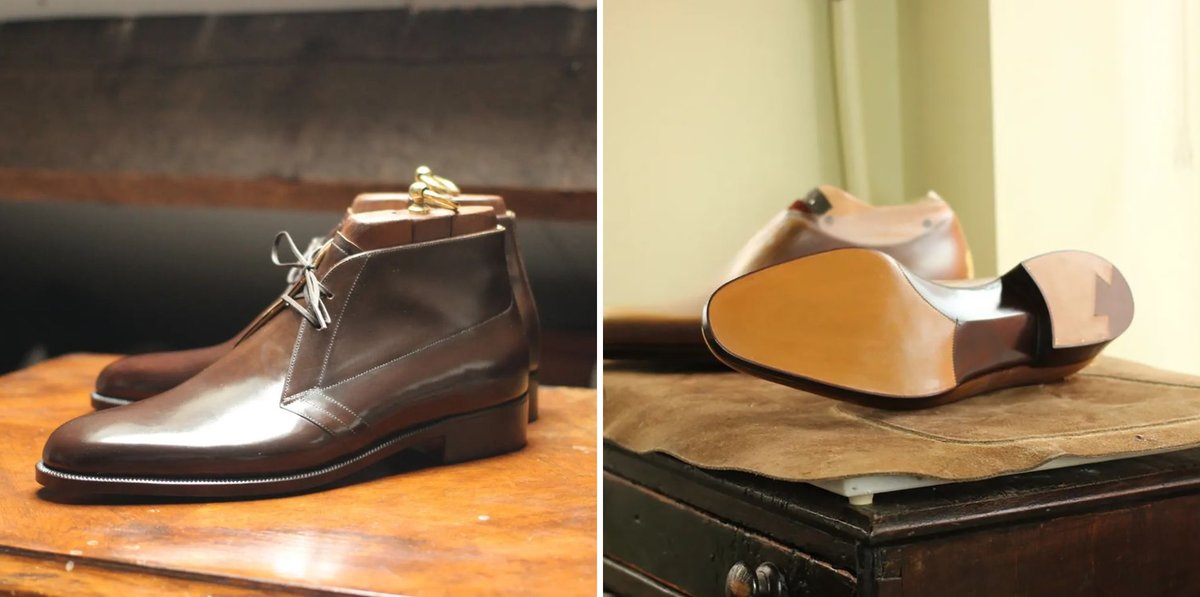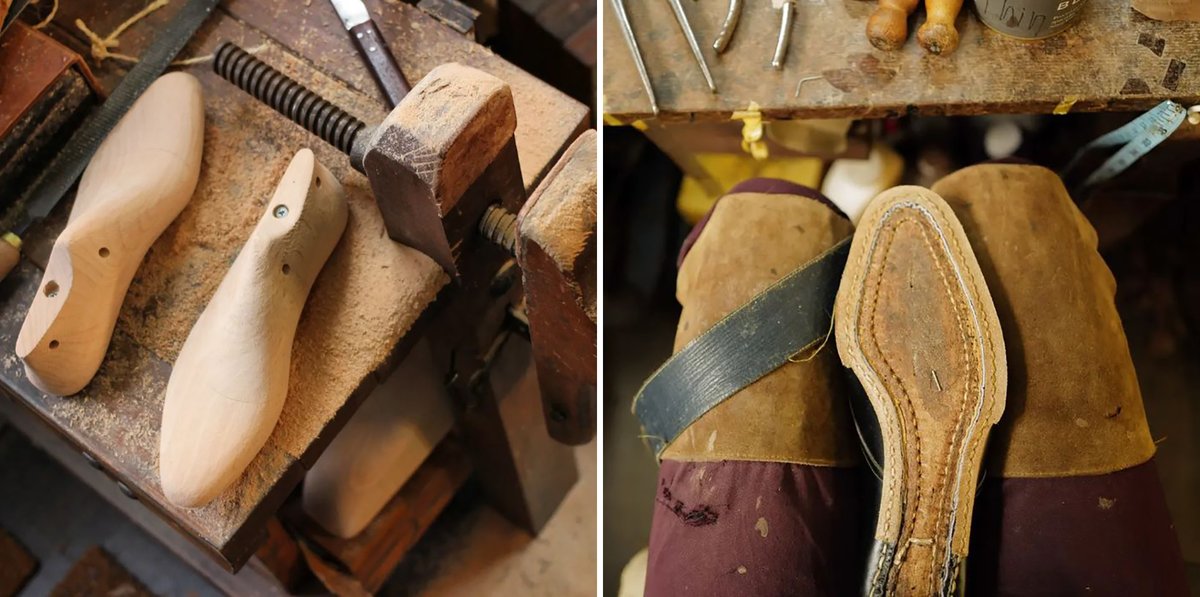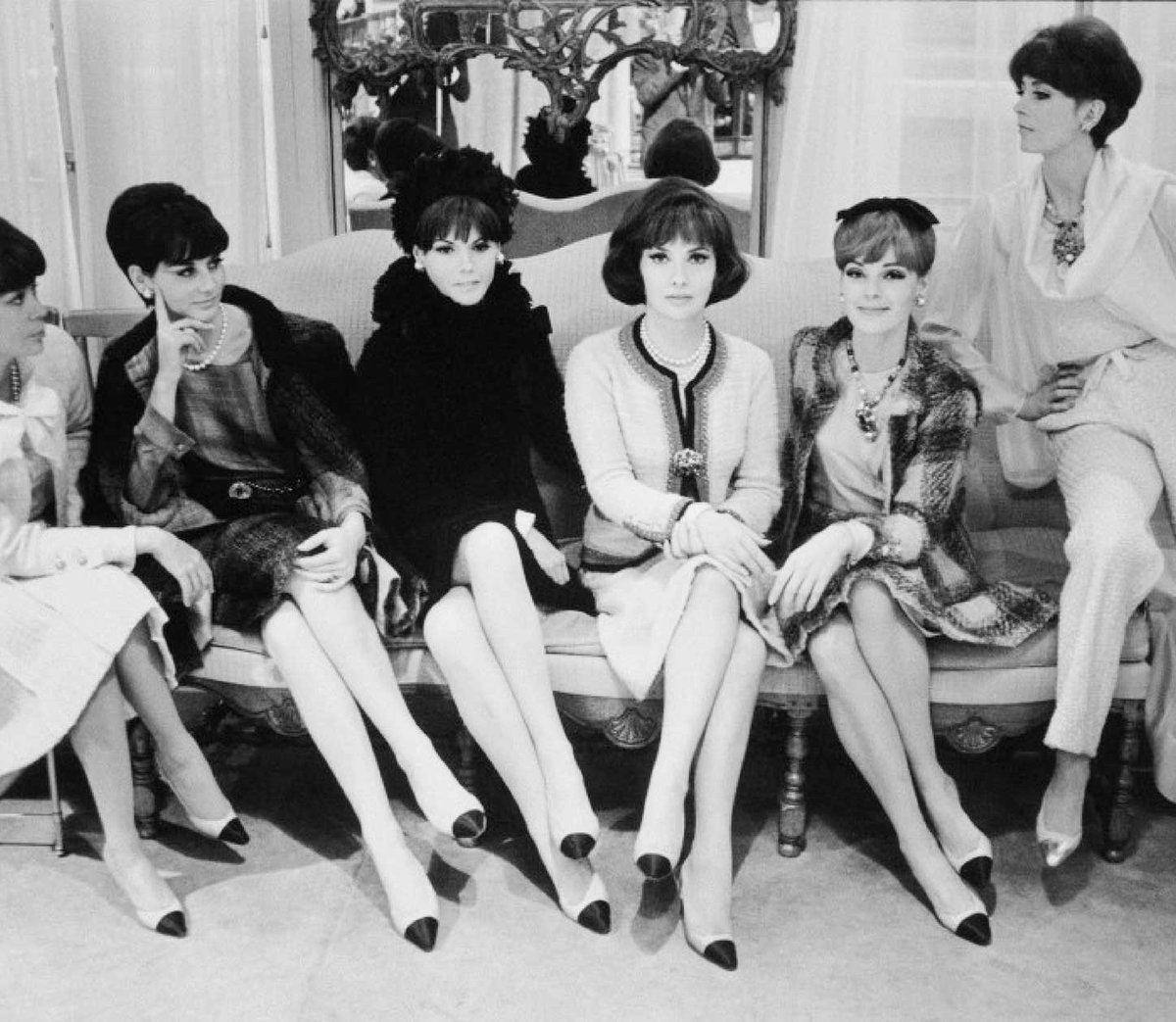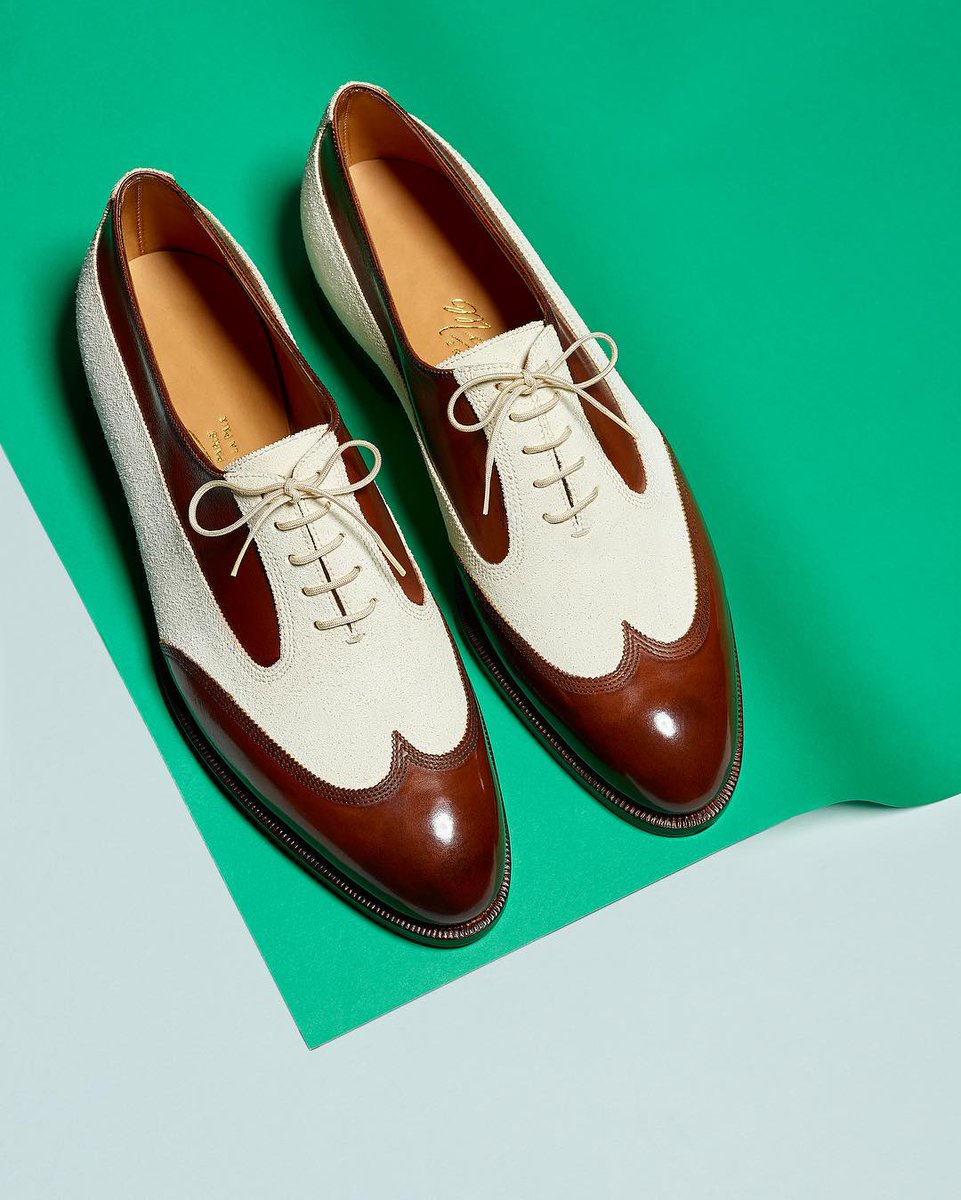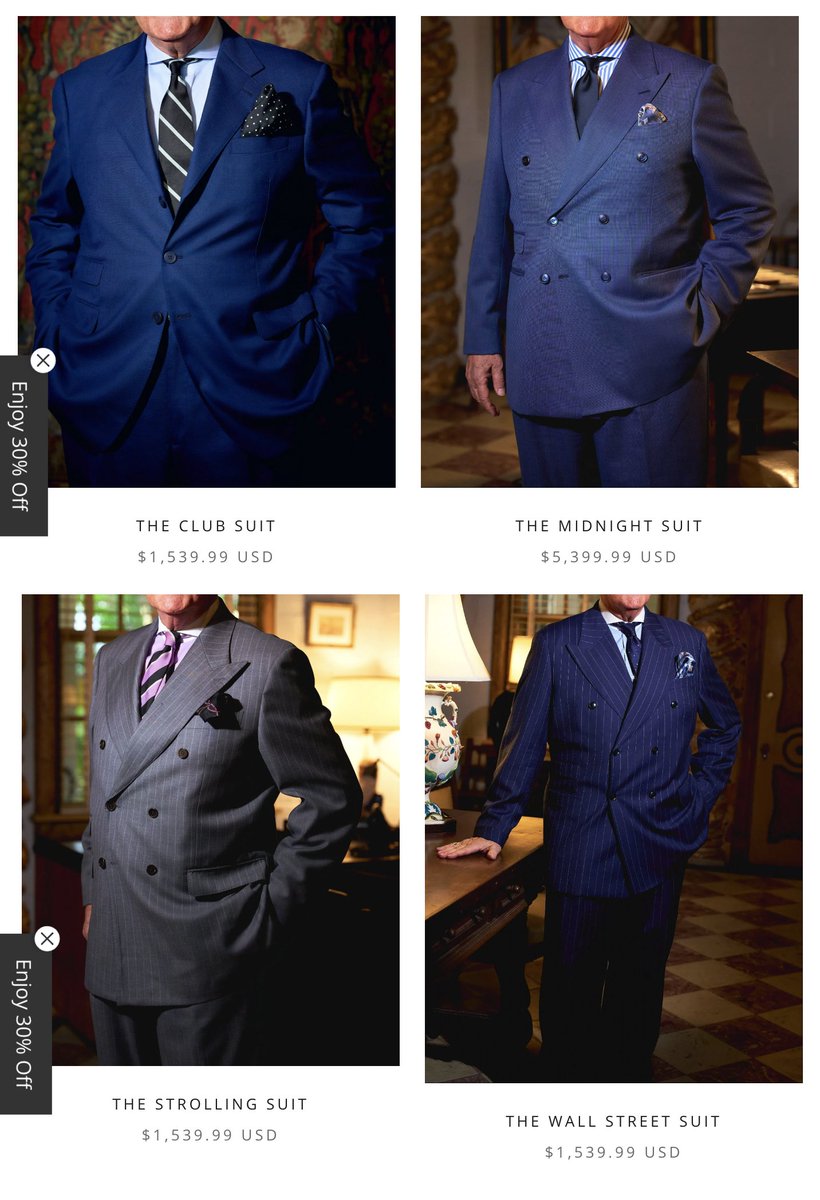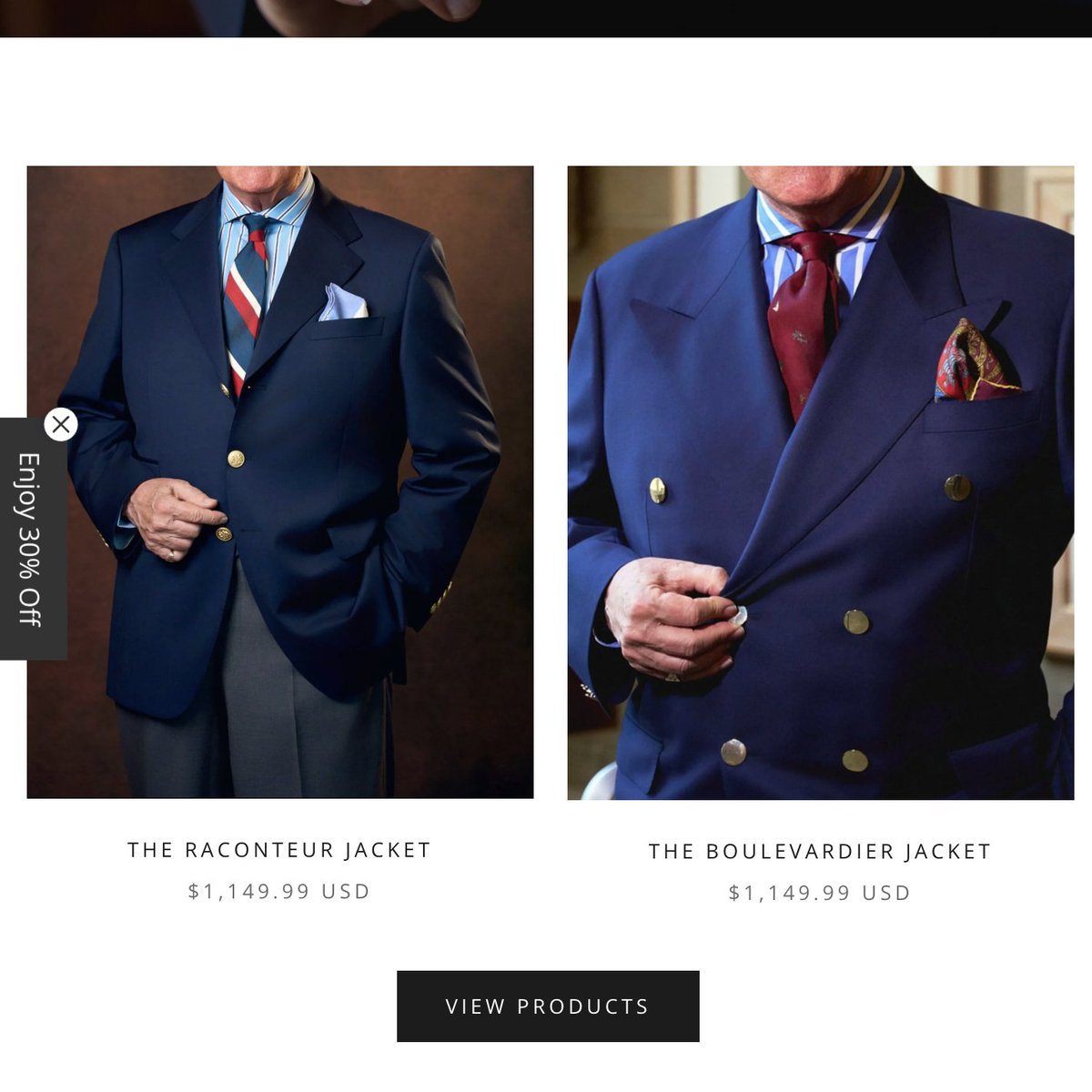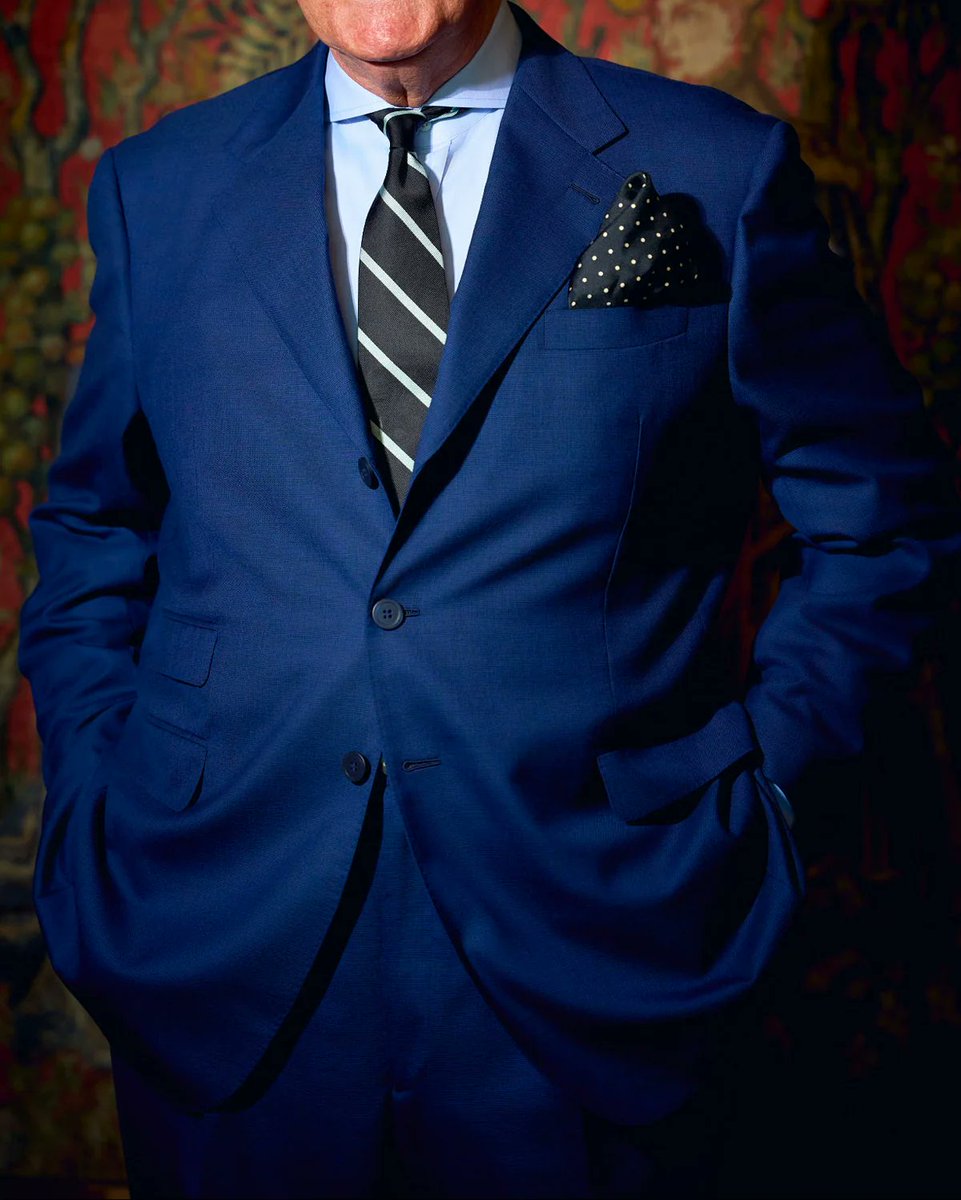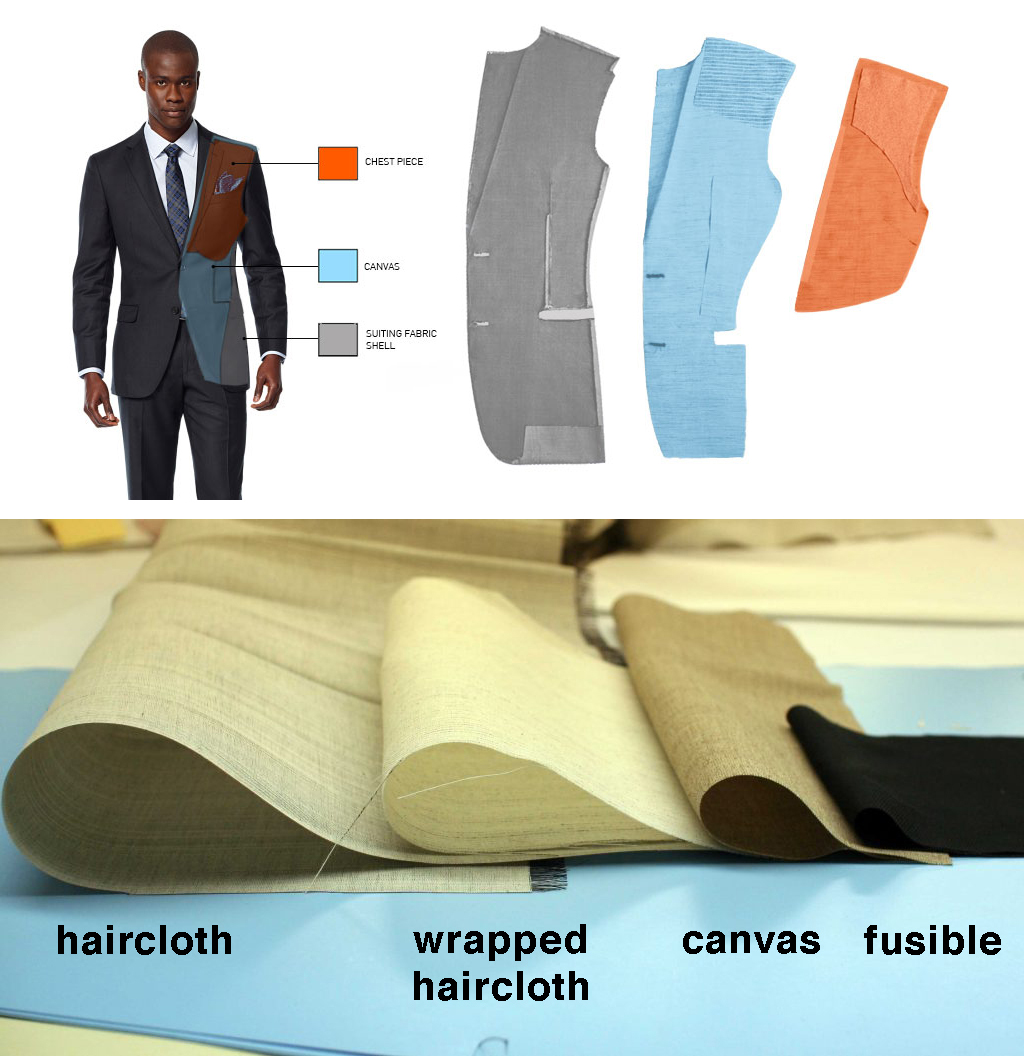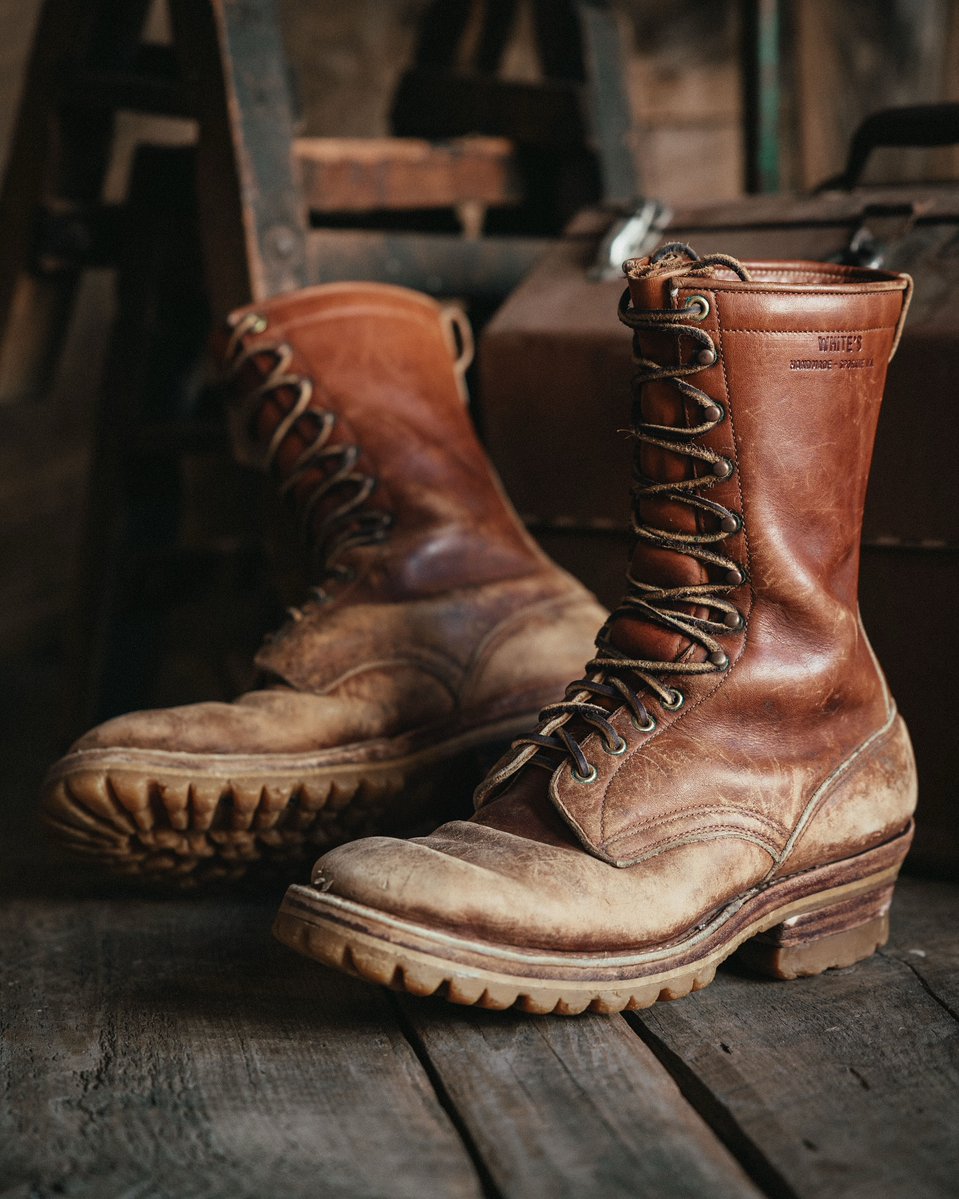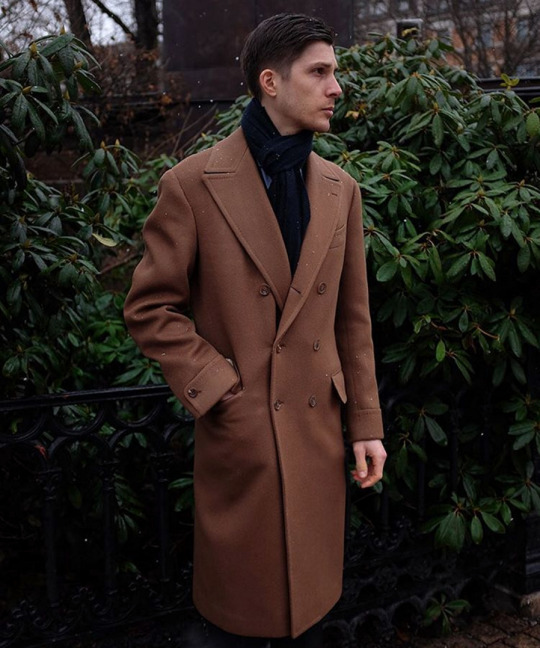My argument is simple: people who say they want to see a return of American manufacturing don't actually vote with their dollar. Let me show you. 🧵
https://twitter.com/WissamIssa7/status/1863979701091406223
Kash Patel runs an "America First" clothing line with t-shirts that say "Protect our People" and "American Pride." But the t-shirts are printed on Next Level blanks ... which are made in Central America and Haiti. 







Turning Point USA makes things easy by simply labeling things for us. In the corner of their product page, they say these are made on Next Level blanks. Thanks! 

In one segment, Jesse Watters laments how we've shipped our manufacturing jobs overseas. But in another segment, he promotes Otta Brothers ties. I went out and bought one of the ties. Where was it made?
China. (It's also pure polyester)


China. (It's also pure polyester)


Isabella DeLuca started a clothing line called "Common Sense Club," through which she sells an "America First" trucker cap. On the product page, she removed the county of origin.
But the rest of the text is copied. Turns out, the hat is from China or Myanmar.

But the rest of the text is copied. Turns out, the hat is from China or Myanmar.


Trump's $100k watch is made by the Swiss company BCP Tourbillons. The gold "Never Surrender? sneakers? Made in Vietnam.




Jack Posobiec says he's willing to pay more for US-made goods, but also promotes MyPillow's apparel and bedsheets. Where are those made? Bangladesh, Pakistan, and India. 





Why won't these people buy US-made goods? The answer is simple: US labor costs more.
As the US has switched from an industrial to high-end services economy, manufacturing things here costs a lot of money. US wages have to be a certain amount to pay for rent, food, etc.
As the US has switched from an industrial to high-end services economy, manufacturing things here costs a lot of money. US wages have to be a certain amount to pay for rent, food, etc.
When Bikers for Trump sought a manufacturer for their t-shirts, they went to Haiti. Why? Because they know their consumers won't pay over a certain price.
"If I get a t-shirt made in the USA, it's going to cost about $8 more," said the organization's founder.

"If I get a t-shirt made in the USA, it's going to cost about $8 more," said the organization's founder.


In 2022, Lions Not Sheep was fined $211,335 for ripping out "made in China" labels and replacing them with "made in USA."
Their site included phrases like: “Are your products USA Made?” “100% AMERICAN MADE,” and “BEST DAMN AMERICAN MADE GEAR ON THE PLANET.”
Their site included phrases like: “Are your products USA Made?” “100% AMERICAN MADE,” and “BEST DAMN AMERICAN MADE GEAR ON THE PLANET.”

In a video he posted online, which is what spurred the FTC's investigation, the company's owner admitted the t-shirts are from China and he just rips out the label. He was very blunt about why he did this: consumers are cheap. They don't want to pay more for stuff.
You can find US-made equivalents for everything above. Velva Sheen and 3sixteen t-shirts are fully made in the US. American Watch Company makes watches stateside. New Balance has a MiUSA line. Red Cotton has US-made bedsheets. Chipp Neckwear makes neckties in NYC.
But people don't buy the stuff because it's expensive. And prices will only go up with protectionist policies. That's because the things we use to make these goods are often imported. Chipp imports its grenadine, raw silk, and ancient madder silks bc we don't make that in the US 



By increasing the cost of doing business, you make US companies less competitive abroad (as they also have to compete on the global market).
You can buy US-made goods nows. They are available and the prices are as low as they'll ever be. The question is, why don't you?
You can buy US-made goods nows. They are available and the prices are as low as they'll ever be. The question is, why don't you?
More importantly, why don't people who own companies partner with US factories? And influencers promote brands that use US factories? Tell customers that, yes, stuff costs more, but that's the nature of US manufacturing. 



I asked a friend in the clothing industry how much it would cost to make a graphic t-shirt from start to finish in the US. Meaning, the material is made in the US, t-shirt is assembled in the US, and printing is done in the US.
He said $15 for a small brand; $6 on a large scale
He said $15 for a small brand; $6 on a large scale

Kash Patel sells $35 t-shirts that say "American Pride" and "Love It or Leave It."
Can he manage to take a smaller profit for his country? Or raise the price $8 to support US manufacturing?
Talk is cheap. Would like ppl to prove their values with their spending.



Can he manage to take a smaller profit for his country? Or raise the price $8 to support US manufacturing?
Talk is cheap. Would like ppl to prove their values with their spending.

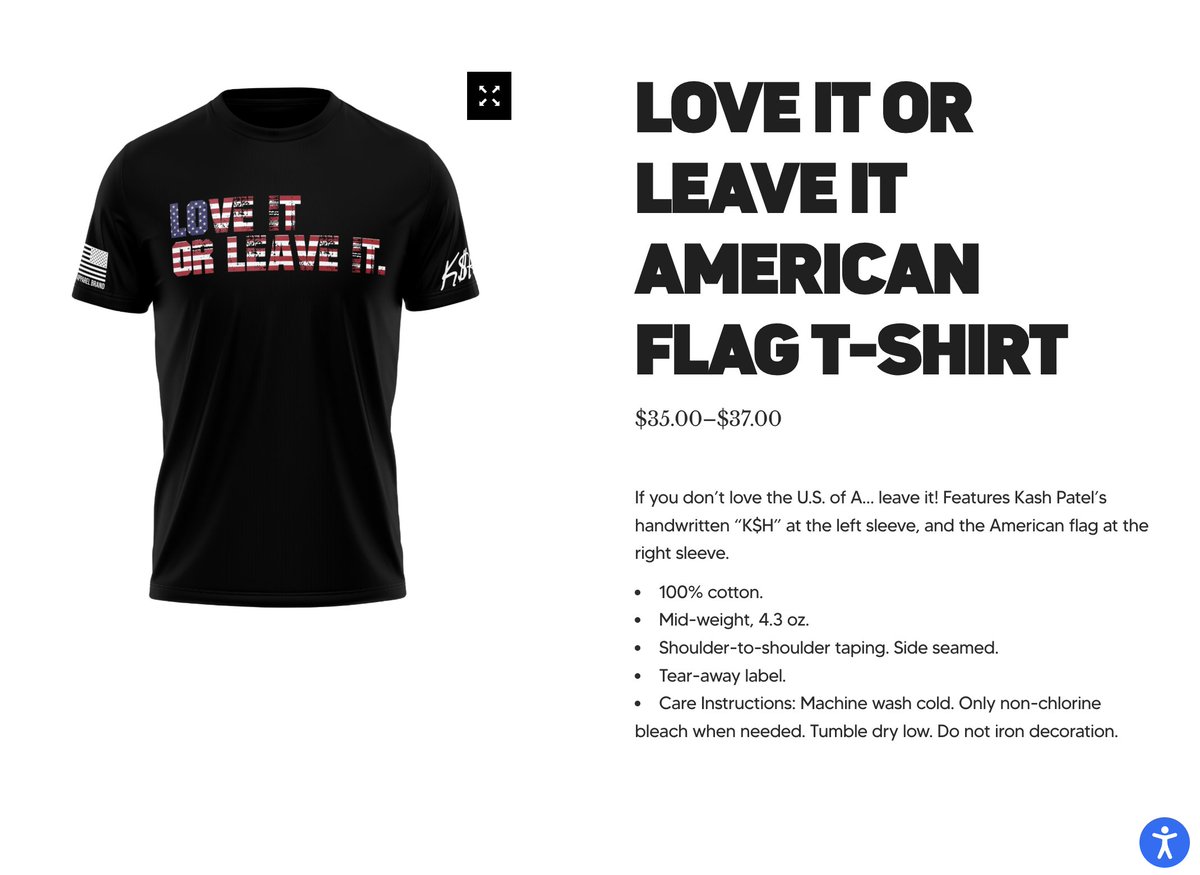
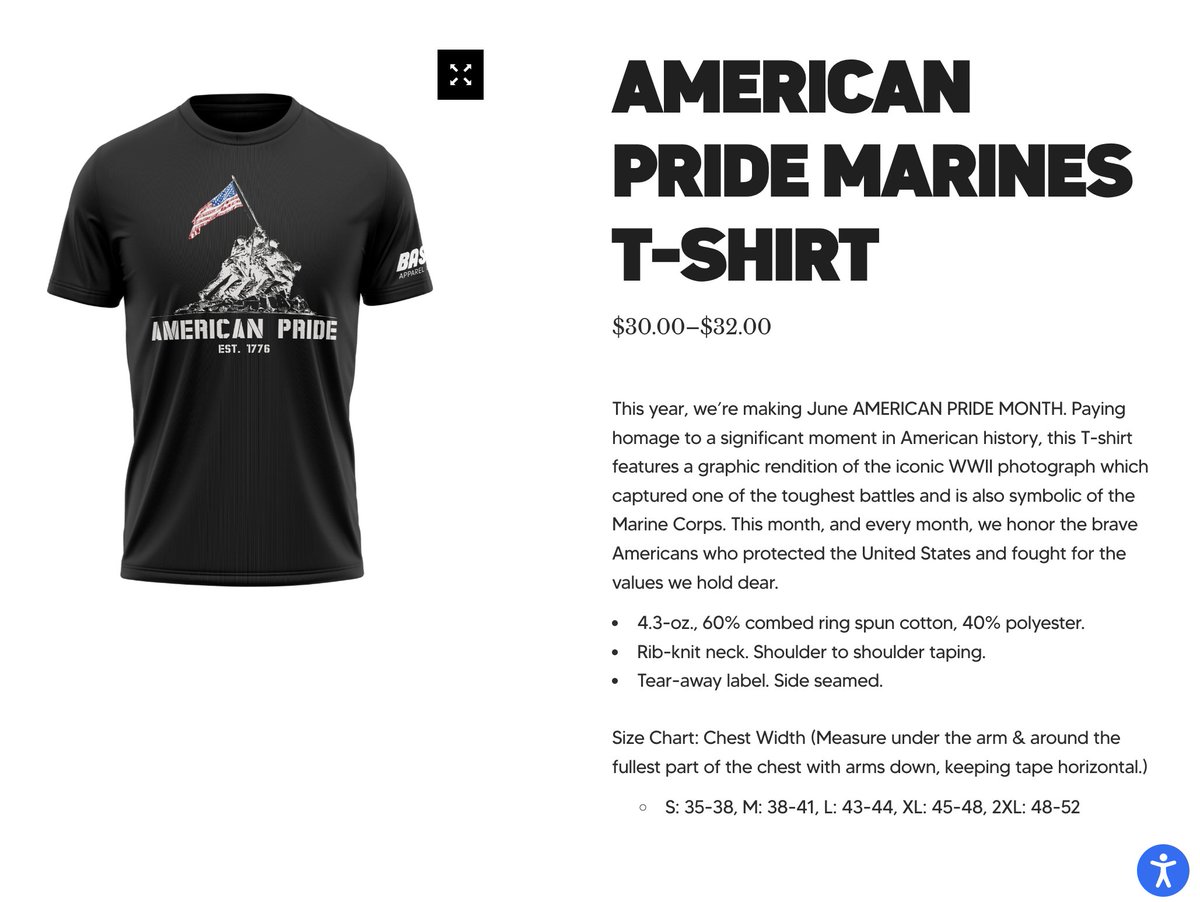

• • •
Missing some Tweet in this thread? You can try to
force a refresh











